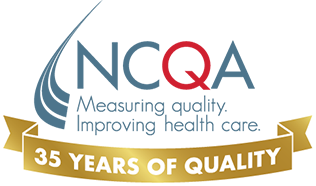The auditor may use one or more methods to validate the chart error corrections. Follow-up actions should include:
· reviewing the error investigation and results
· reviewing policies and procedures to correct the error
· reviewing the corrected sample to ensure the updated numerator counts are correct and performing final hybrid rate review
· re-sampling charts for a new validation
Examples:
1. For the exclusions or data errors in the diabetes measure records, the auditor identified a pattern: she found two cases where the chart reviewer said the members did not have diabetes, but the chart showed that both members had elevated blood sugars and above average HbA1c results. One member had a PCP diagnosis of metabolic syndrome that placed him in the measure. The other member had a diagnosis of insulin resistance. The auditor required the plan to re-review all CDC exclusions and submitted charts for the remaining correct exclusions from the measure. The auditor approved reporting.
2. For the two MRRV samples, there were two errors found _ one in each sample. The auditor required the plan to do an analysis and demonstrate corrective actions.
The plan reported that one abstractor made the errors by incorrectly identifying the prior years CDC eye exams. The plan re-reviewed 100% of that abstractors hits and reversed 12 hits to misses. The plan had originally reported 100 admin hits and 200 hybrid hits for CDC eye exam. Of the 200 hybrid hits, 160 were measurement year eye exams, and 40 were negative retinopathy cases from the prior year. The auditor pulled another sample of 16, found no errors, and confirmed that the reported rate for the measure dropped from 73% to 70% as a result.
The auditor approved reporting.
3. The auditor found four errors in the first sample for AWC. He notified the plan and required them to do an analysis and demonstrate corrective actions. The plan submitted:
· the error investigation and results
· the policies and procedures that corrected the error
· a new sample of 16 that proved to have zero errors
The auditor approved reporting.
HEDIS 2013
